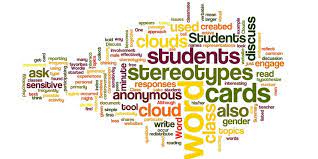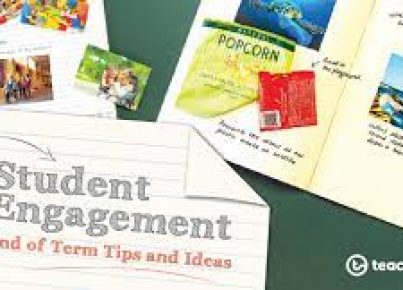Introduction:
Word cloud generators are excellent tools for teachers to visually represent key ideas and themes in various subjects. By utilizing these generators, educators can enhance their lessons by promoting deeper understanding of concepts, and encouraging interactive and creative learning experiences. In this article, we will explore 15 ways to teach big ideas using word cloud generators.
1. Vocabulary Enhancement:
Create word clouds containing target vocabulary words from a reading passage or lesson. Encourage students to discuss the relevance of highlighted words and generate sentences using them.
2. Historical Figures:
Generate word clouds displaying important events, achievements, or quotes from historical figures studied in class. Encourage students to analyze the associations and draw connections between these elements.
3. Literature Analysis:
Promote literary analysis by creating word clouds based on themes, characters, or plotlines from a novel or poem.
4. Current Events:
Stay up-to-date with news articles by summarizing key terms and phrases in a word cloud. Encourage students to identify trends and initiate discussions regarding significant global developments.
5. Scientific Concepts:
Illustrate difficult scientific concepts with word clouds that visualize key terms, processes, and relationships.
6. Brainstorming Ideas:
Initiate brainstorming sessions by generating word clouds around a specific topic or problem that needs solving – this can help inspire creative thinking among students.
7. Foreign Language Learning:
Strengthen language skills by creating bilingual word clouds in which students can learn new vocabulary through visual associations.
8. Personal Reflections:
Have students create individual word clouds based on their responses to open-ended prompts or self-reflection questions to foster emotional intelligence and introspective thinking.
9. Collaborative Projects:
Integrate teamwork by having student groups develop cooperative word clouds that collectively represent their thoughts on a particular subject matter.
10. Mind Mapping:
Utilize word cloud generators as an interactive tool for creating visual mind maps – this can help students navigate complex ideas and expand their understanding.
11. Debate Preparation:
Prepare for classroom debates by generating word clouds displaying key points of different perspectives on a contentious issue.
12. Summarizing Lectures:
Encourage students to summarize course lectures using word clouds that hone in on the most significant takeaways from the material.
13. Analyzing Advertisements:
Teach visual literacy and critical thinking by having students analyze and compare word clouds generated from advertisements, discussing the persuasive language and tactics used.
14. Social Media Analysis:
Explore popular trends, hashtags, and topics within social media platforms to understand cultural context or discover prevalent issues discussed in society.
15. Assessment Review:
After an exam or project, create word clouds based on student performance to identify common areas of struggle or success, assisting with targeted feedback and improvement plans.
Conclusion:
Word cloud generators are versatile tools that can effectively teach various big ideas across numerous subjects. Implementing these visual aids into classroom activities not only elevates student engagement but also fosters meaningful connections between concepts for deeper understanding. So try integrating word cloud generators into your lessons for a more creative and interactive learning experience!





